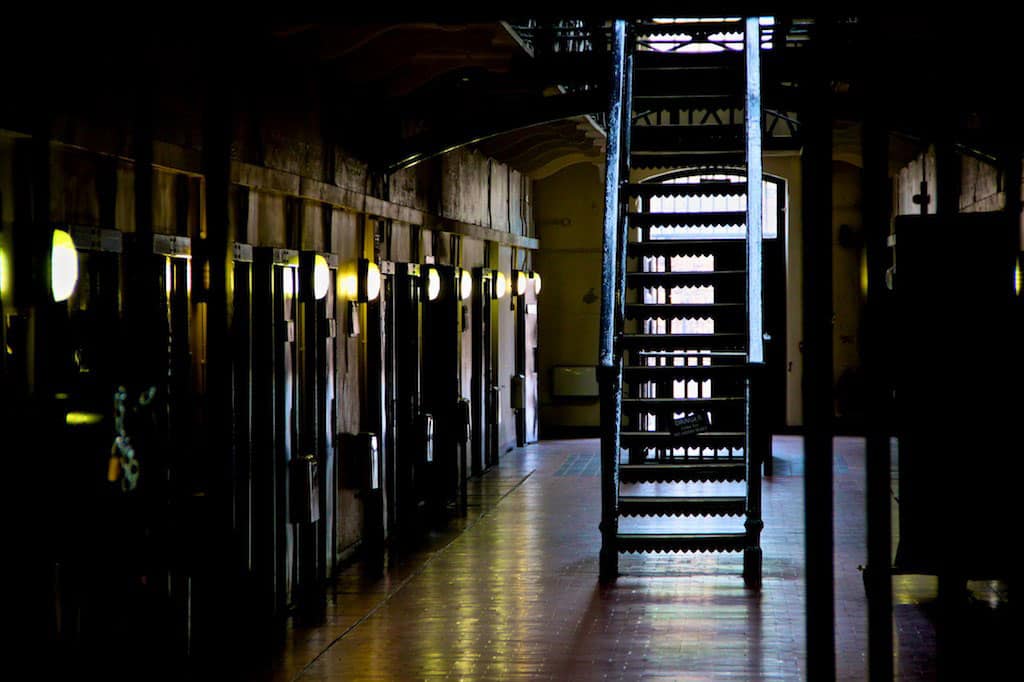HMP Belfast, also known as Crumlin Road Gaol, is a former prison situated on the Crumlin Road in north Belfast, Northern Ireland. The prison closed its door for the final time in 1996. Since closing as a prison the site has been extensively renovated to reflect its Victorian past. Visitors can now take guided tours of the prison site and get a real feel for what it would be like to live as an inmate at “The Crum”.
Sir Charles Lanyon designed and built the prison between 1843 and 1845. At a cost of £60,000 the prison was intended to be a replacement for the Antrim County Gaol in Carrickfergus.
Crumlin Road Gaol is made up of four separate accommodation wings and a hospital. The prison was originally built to hold around 500 prisoners and included young children. Each cell measures 12 x 7 feet and could be occupied by up to three prisoners at a time.
In 1846 the first 106 inmates arrived. Men women and children were chained then forced to walk from the County Gaol in Carrickfergus to the new HMP Belfast on the Crumlin road.
Young children were often imprisoned at the gaol for offences such as petty theft or stealing food in order to survive.
Female inmates were housed in the prison until the early 1900s and often included women from the suffragette movement.
Originally the prison did not contain the gallows for executions as public hangings were held at the front gate of the gaol until 1901.
A total of seventeen prisoners were executed by hanging in the prison over the years, the last being Robert McGladdery who was executed in 1961 for the murder of Pearl Gamble.
The bodies of the executed inmates were buried inside the prison grounds. After the Victorian hangings bodies were put in the earth with lime added. The lime dissolved human remains quickly. The graves are marked only with the prisoner’s initials on the wall above where they rest behind the hospital block at HMP Belfast.






 2016 Powered By
2016 Powered By